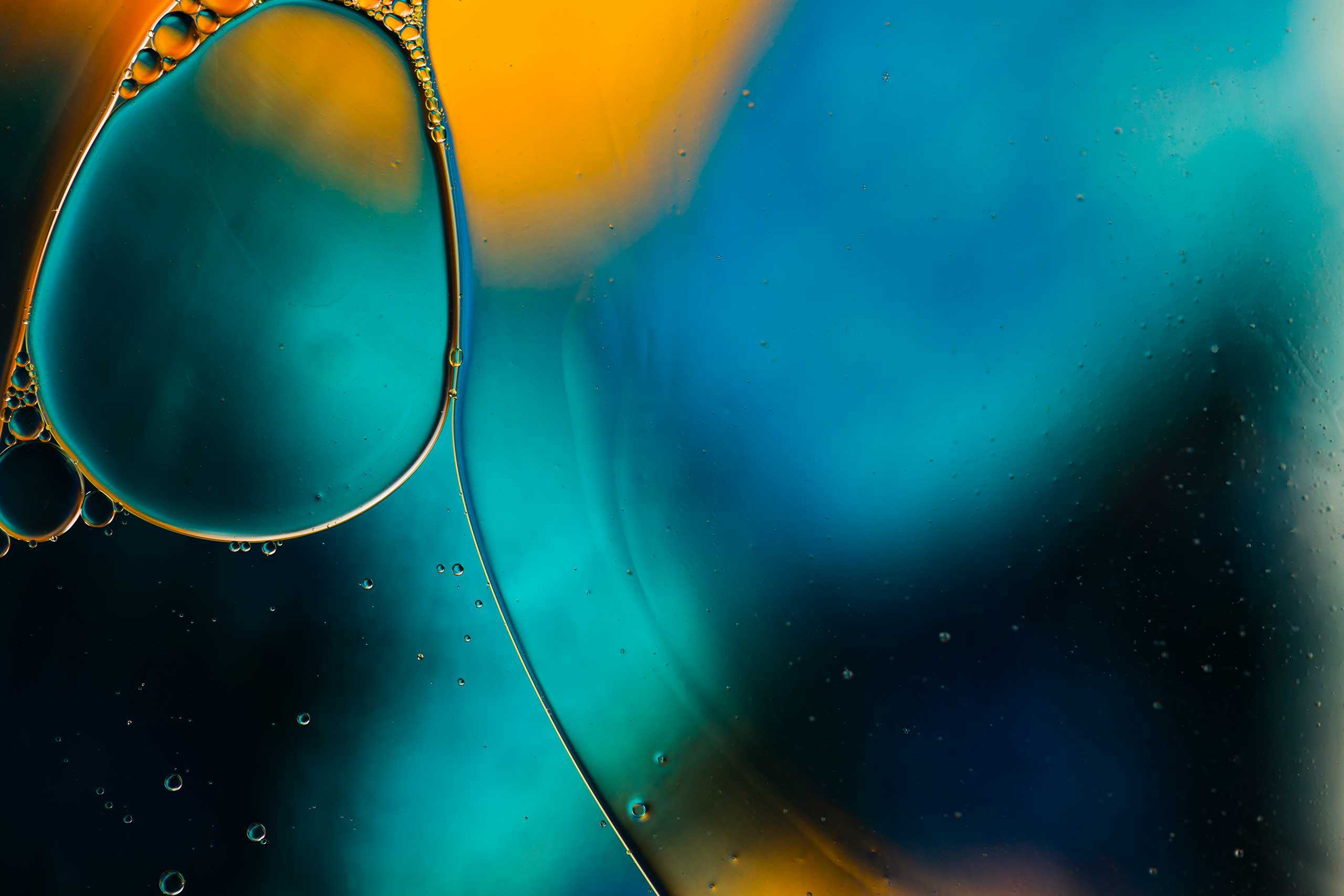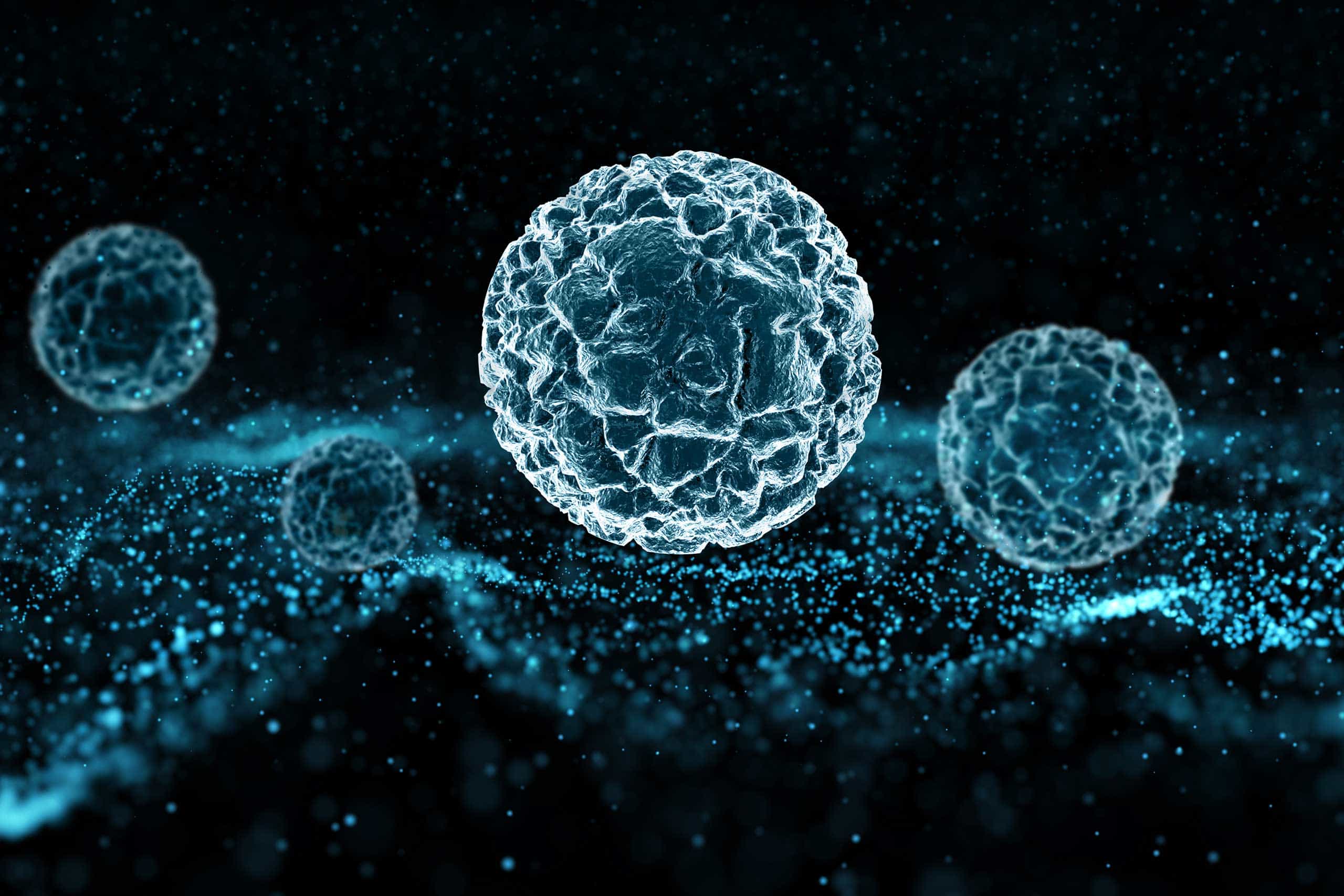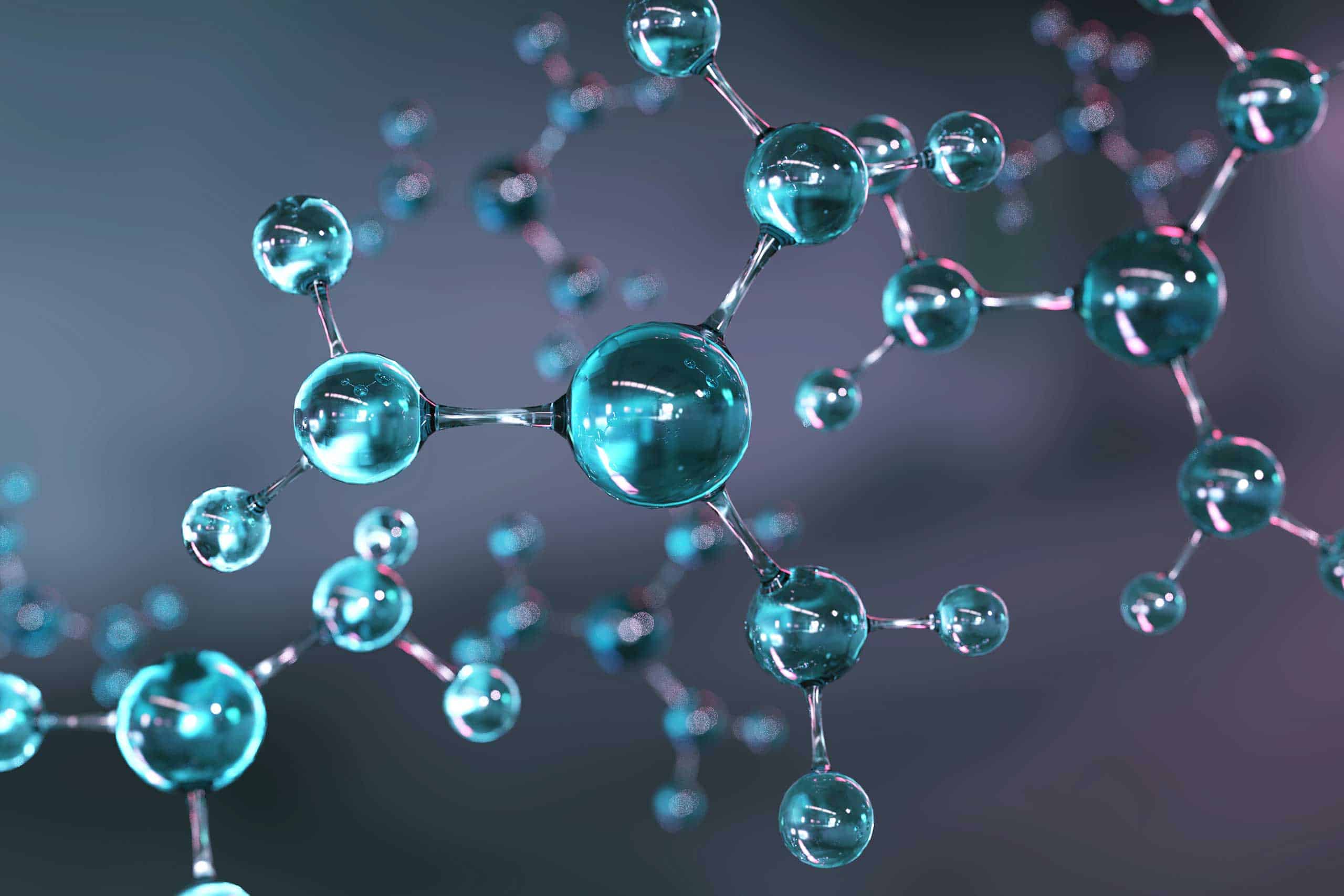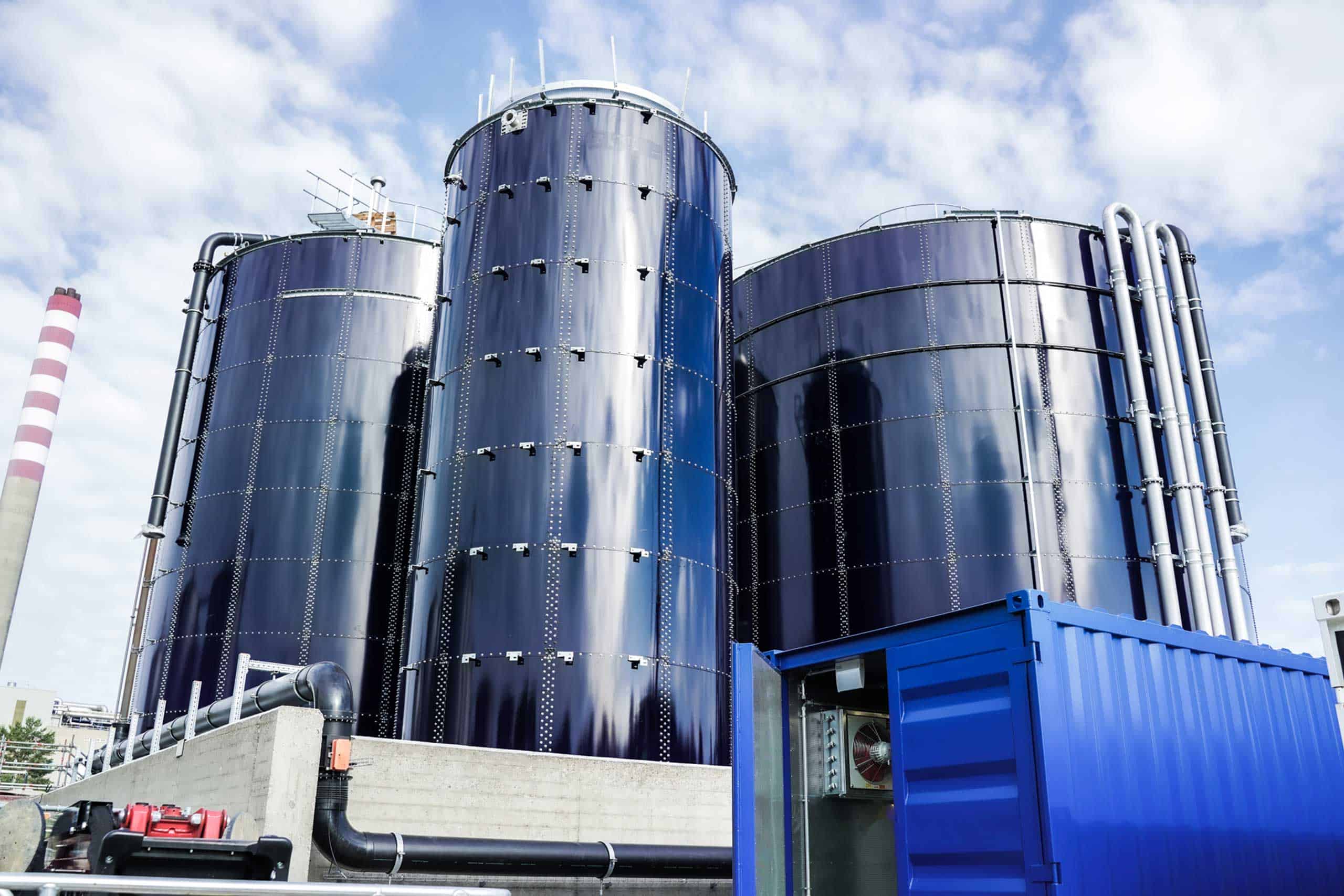Mechanical Wastewater Treatment for high Operational Reliability
Wastewater often contains water-insoluble substances or colloids. Through various sedimentation, filtration and separation processes, solid substances are removed during mechanical wastewater treatment.
The first step in many industrial wastewater plants involves mechanical cleaning. Any damage to subsequent treatment stages is thus avoided from the outset. This increases operational safety and, in this context, also unnecessary maintenance and the associated costs.
However, mechanical processes can also be used in the further course — for example in the dewatering of sludge in filter presses.
Overall, mechanical wastewater treatment processes can remove about 20 % — 30 % of the total pollutants from the still completely untreated wastewater. Further purification of the remaining, mostly dissolved substances is then carried out by means of biological or chemical-physical treatment processes.
Mechanical Processes for Wastewater Treatment
Coarse-and-Fine Materials Separation Utilizing Screens and Strainer
Screens and strainer remove solid contaminants from wastewater. These mechanical processes separate solid pollutants such as diapers, hair, and wet wipes from the wastewater stream. Before the treatment of industrial wastewaters, strainer separate textile fibers, paper labels, plastic residuals, and production residues such as potato peels and other scraps and wastes.
Depending on the area of application, coarse or fine screens are used. They clean the wastewater by means of parallel rods. Strainer feature grits, screens, perforations and meshes of varying sizes. Coarse strainer (> 20 mm) to micro (<0.05 mm) separate solid substances as large as human waste to as small as sand and tiny sludge particles from the wastewater stream.
Extremely important is the mechanical preliminary cleaning in the treatment of sanitary wastewaters. Fibers suspended in the wastewater pose a particular challenge, especially the extremely tear-resistant textile fibers of wet wipes and non-woven materials. They tend to build up, potentially creating blockages and enormous damage to pumps and mixers.
DAS Environmental Expert works closely with its clients when choosing the right drum screens and self-cleaning screens to prevent damage to their treatment technology. This eliminates unnecessary maintenance from the outset and saves costs.
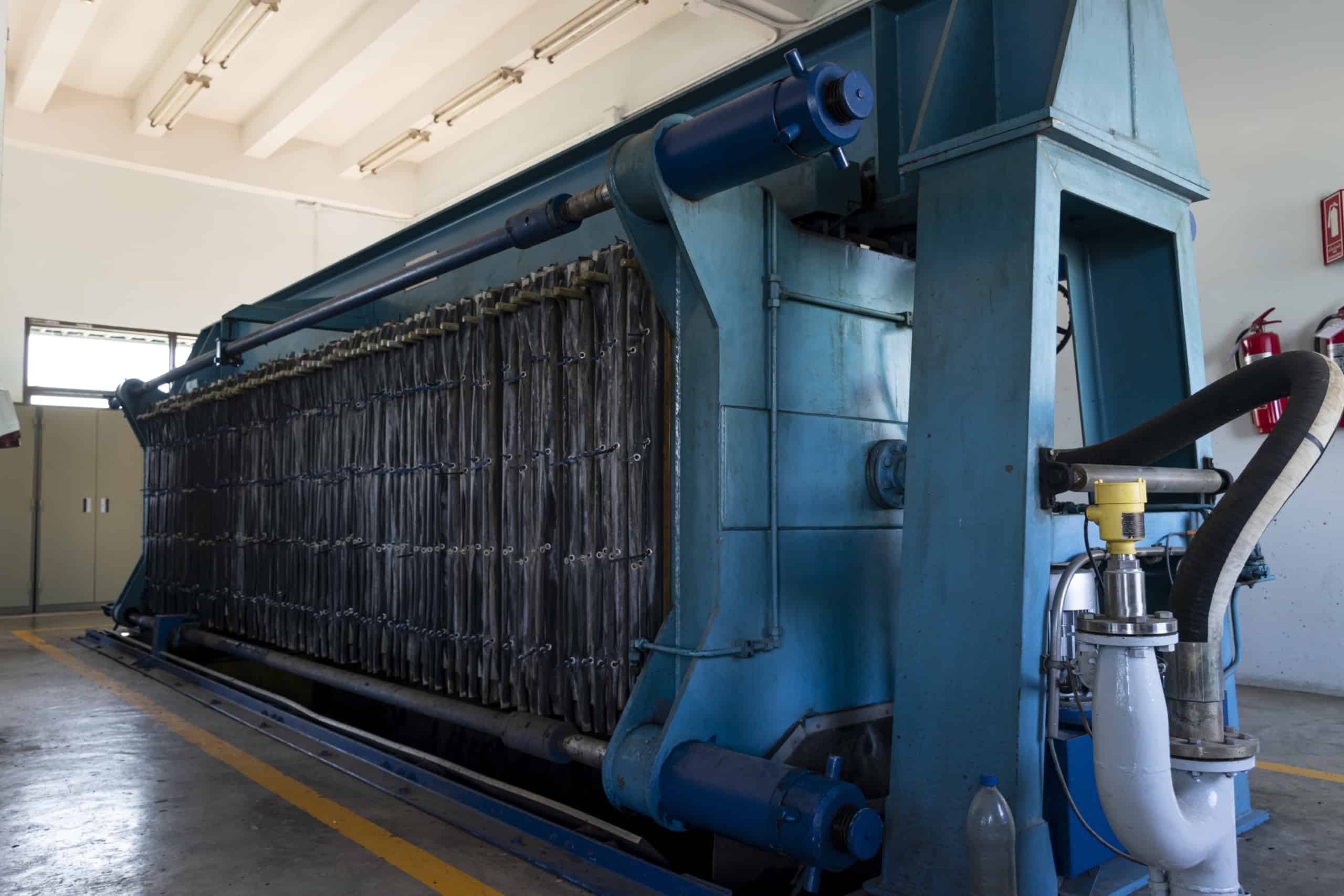
Mechanical Separation of Solid Substances through Filtration
Filtration separates solid substances from fluids. To this end, the mixture passes through a filter made of paper; whereas, technical applications typically utilize filters made from textiles or metal. Sand filters, cloth filters and drum screens are also frequently used as filtration systems.
Filtration systems remove organic and inorganic suspended solids, sands and dusts from wastewater. Wastewater technology employs this mechanical separation process to drain sludge in filter presses, among other processes. Filtration, typically in multistage processes, is also used for the purification of surface water to provide domestic and potable water.
Membrane filtration is another mechanical separation process in which a membrane functions as the filter medium. This method is typically used to separate very fine particles.
Wastewater Treatment through Membrane Technology
Membrane filtration separates and concentrates dissolved and un-dissolved substances from wastewater. This separation is performed under pressure. Due to its specific pore size, the membrane retains particles and molecules of a certain size. Different methods of membrane filtration are used for water purification, wastewater treatment, process water recycling, and the collection of recyclables in the recovery of valuable substances.
Mikrofiltration
Microfiltration is employed to separate particles, bacteria and yeasts. It is also used for cold sterilization and for the separation of oil-water emulsions.
Ultrafiltration
Ultrafiltration is an important method for the treatment of wastewater and potable water. It serves to separate particles, microorganisms, proteins and turbidities from the water. Ultrafiltration is used in the Membrane Activation Reactor (MBR).
For instance, ultrafiltration is used to clean water in swimming pools. Since the build up of clogging deposits on the membrane can be prevented, more and more pre-existing wastewater treatment systems are being complemented with ultrafiltration as a final step. When retrofitting older wastewater treatment plants, the ultrafiltration step can be positioned directly inside or as a separate stage after the activation tank in order to replace subsequent treatment steps or to increase the treatment capacity of the biological wastewater treatment.
Nanofiltration
Nanofiltration retains viruses, heavy metal ions, large molecules and very fine particles. The method is used for water softening and the treatment of potable water.
Reverse Osmosis
Reverse Osmosis is an important process to concentrate landfill wastewaters, treat potable water in rural areas that are not connected to a pipeline network, desalinate seawater and decalcify boiler water in power plants. This method concentrates substances that are dissolved in fluids by applying pressure through a semi-permeable membrane that reverses the process of osmosis. When the applied pressure is higher than the respective osmotic pressure, the molecules of the solvent diffuse to the side of the membrane where the dissolved substance is already less concentrated. Reverse osmosis is also used to produce ultrapure water.
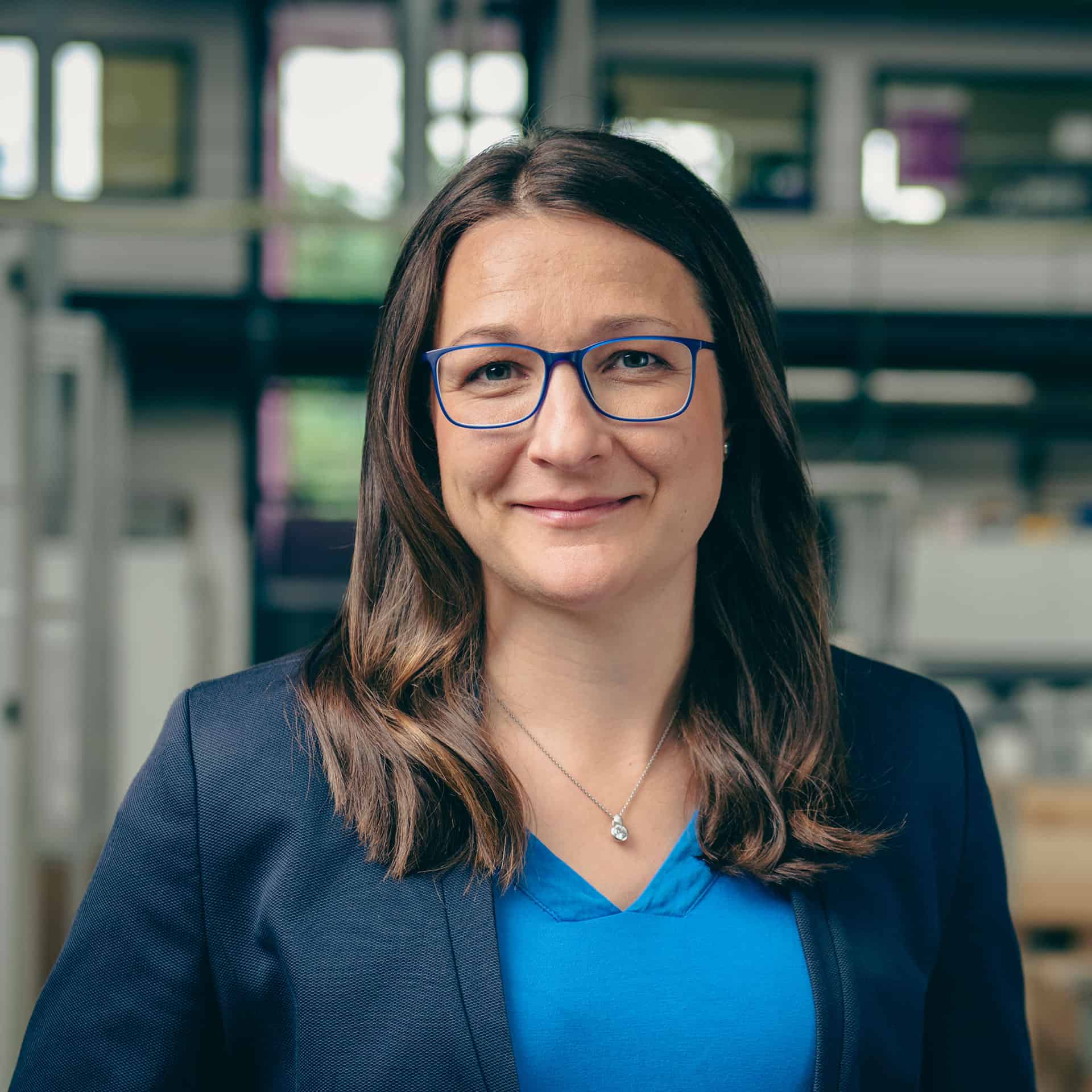
Your contact person on the subject of wastewater treatment processes
Dr.-Ing. Anita Haupt
Abteilungsleiterin Verfahrenstechnik Wasserbehandlung
